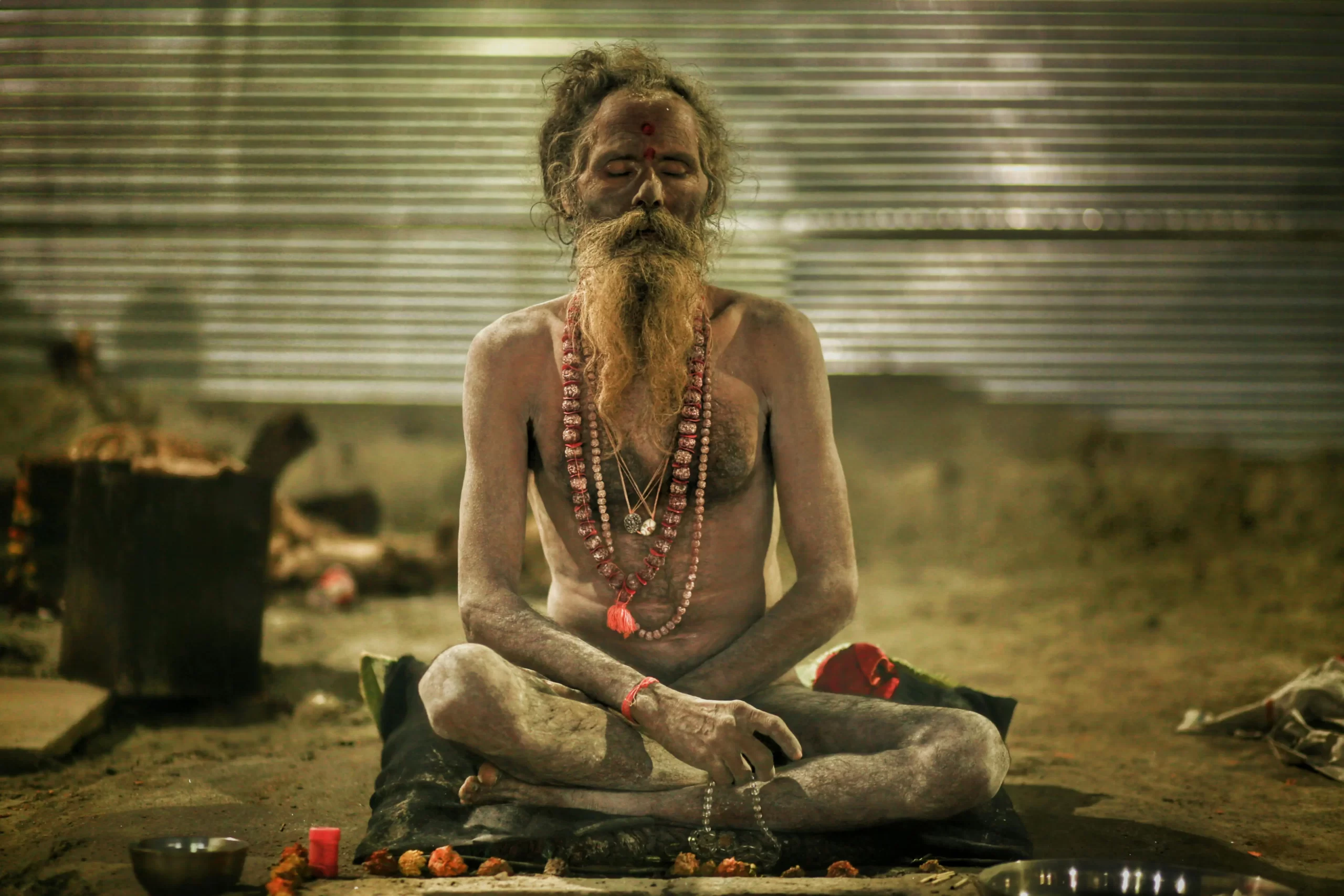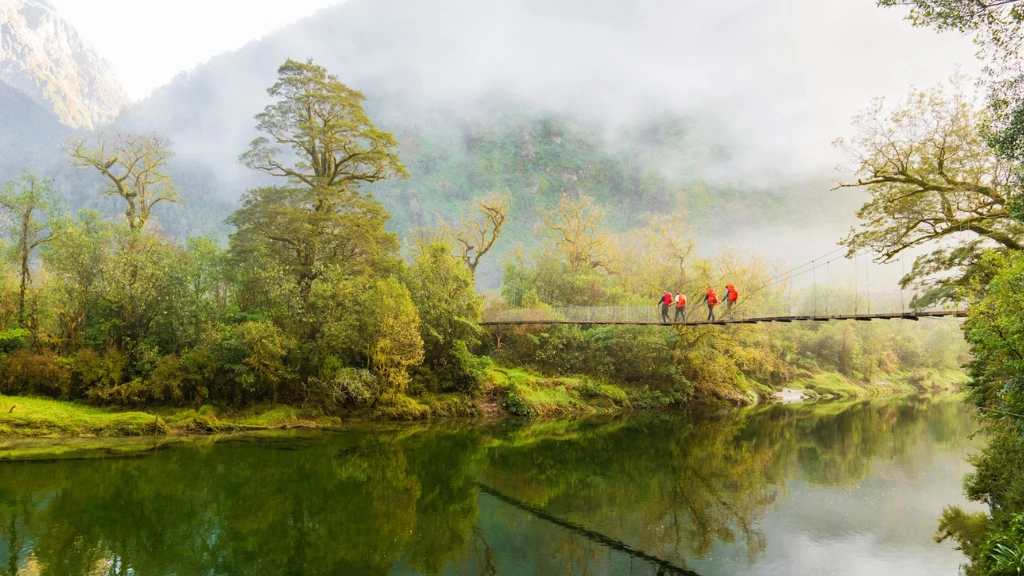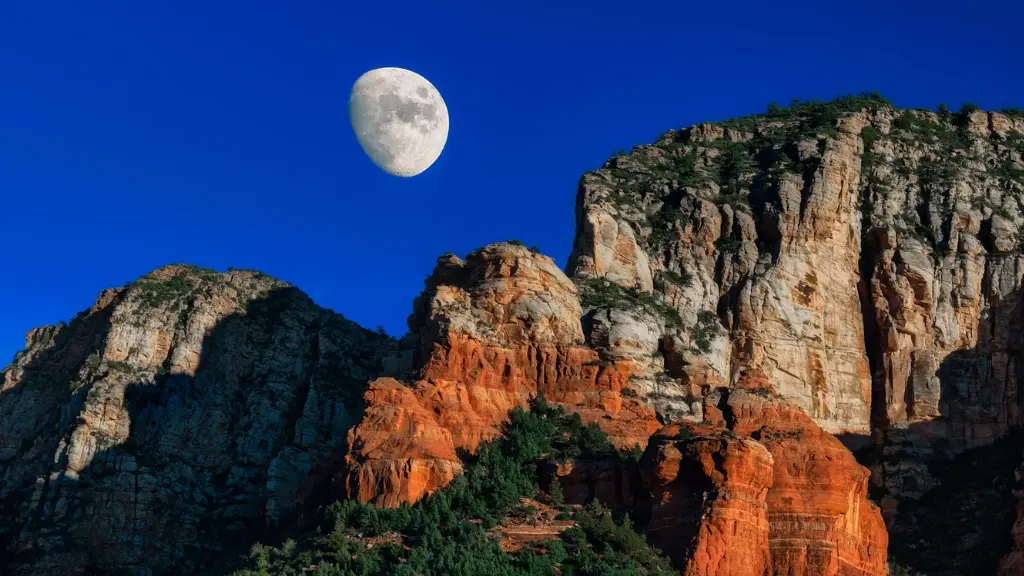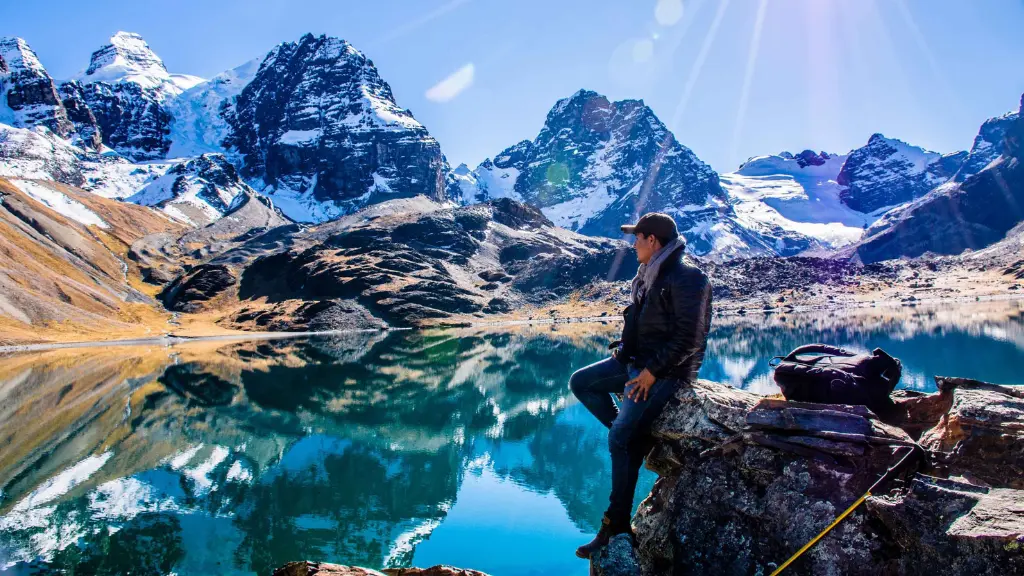India, with its vibrant spiritual traditions, offers countless transformative experiences. One of the most intriguing is receiving a blessing from a Naga Sadhu. These ascetic holy men, steeped in ancient Hindu traditions, are enigmatic figures who dedicate their lives to spirituality and self-denial.
This sacred encounter can provide not only blessings but also a deeper understanding of India’s profound spiritual heritage.
You May Also Like: Explore the Legendary Inca Trail to Machu Picchu.
Who Are Naga Sadhus?
Naga Sadhus are Hindu ascetics who renounce worldly life to pursue spiritual enlightenment. They are often associated with Shaivism, a sect devoted to Lord Shiva.
- Their Appearance
- Naga Sadhus are known for their striking presence. They often wear minimal clothing, sometimes remaining completely unclothed, symbolizing detachment from material possessions.
- Their bodies are smeared with ash, a mark of their association with Lord Shiva and the cycle of life and death.
- Their Lifestyle
- They live in hermitages or forests, dedicating their lives to meditation, yoga, and Vedic studies.
- They follow rigorous practices, including fasting, physical austerities, and pilgrimages.
The Significance of Naga Sadhus’ Blessings
In Hinduism, Naga Sadhus are believed to possess divine energy due to their intense spiritual practices. Their blessings are considered powerful and transformative.
Receiving their blessings is a sacred act. It symbolizes a connection with the divine and is often sought during major Hindu festivals like the Kumbh Mela.
Where Can You Meet Naga Sadhus?
Naga Sadhus are not easily encountered in everyday life. They emerge primarily during specific religious events and gatherings.
- Kumbh Mela
- The Kumbh Mela, held every 12 years in rotation across four locations in India, is the best place to meet Naga Sadhus.
- During this grand festival, they lead processions and perform rituals, including the famous shahi snan (royal bath).
- Himalayan Regions
- Some Naga Sadhus reside in remote Himalayan regions. These areas are considered sacred and conducive to meditation.
- Varanasi and Haridwar
- Holy cities like Varanasi and Haridwar are other places where Naga Sadhus occasionally gather.
How to Approach a Naga Sadhu
Approaching a Naga Sadhu requires respect and understanding of their way of life.
- Be Respectful
- Treat them with reverence. Address them as “Baba” or “Maharaj,” which are terms of respect.
- Avoid invading their personal space or taking photos without permission.
- Offer a Small Donation
- While blessings are not sold, it is customary to offer fruits, incense, or a small monetary donation as a gesture of gratitude.
- Listen and Learn
- If they choose to share their wisdom, listen attentively. Their teachings often carry deep spiritual meaning.
What to Expect During a Blessing
Receiving a blessing from a Naga Sadhu is a simple yet profound experience.
- They may offer blessings through words, prayers, or gestures.
- Some may place ash on your forehead, symbolizing purification and protection.
- The experience often feels otherworldly, as their presence exudes peace and spiritual energy.
Cultural and Spiritual Insights
The encounter with a Naga Sadhu is more than just a ritual. It opens a window into India’s deep spiritual traditions.
- Detachment and Simplicity
- Their lifestyle reflects the essence of renunciation and simplicity. This contrasts starkly with modern materialism.
- Connection to Nature
- Naga Sadhus live in harmony with nature. Their practices remind us of the importance of preserving natural balance.
- Universal Spirituality
- Their teachings often emphasize universal truths, transcending religious boundaries.
The Role of Naga Sadhus in Kumbh Mela
During the Kumbh Mela, Naga Sadhus take on a central role.
- Ritual Baths
- The shahi snan, where they lead the ceremonial dip in sacred rivers, is a highlight. It represents purification and spiritual renewal.
- Cultural Significance
- Their processions, chants, and rituals are a spectacle of devotion and community.
How to Make the Most of the Experience
- Prepare Mentally
- Approach the experience with an open mind. It’s not just a cultural encounter but a spiritual one.
- Respect Local Customs
- Learn about the traditions of the region you’re visiting. Adhering to customs enhances your understanding of the experience.
- Engage Through Guides
- Consider hiring a knowledgeable guide. They can bridge the cultural gap and provide valuable context.
Other Spiritual Attractions in India
While meeting Naga Sadhus is unique, India offers countless other spiritual experiences.
- Varanasi’s Ganga Aarti
- Witness the mesmerizing evening prayers along the Ganges.
- Rishikesh Ashrams
- Explore yoga and meditation retreats in the serene Himalayan foothills.
- Amritsar’s Golden Temple
- Visit this Sikh holy site, known for its spiritual ambiance and community kitchen.
A Sacred Experience to Remember
Receiving blessings from a Naga Sadhu is not just about the act itself. It’s a step into a world of ancient traditions and deep spirituality.
For travelers seeking meaningful connections and transformative experiences, this encounter offers something truly special. Embrace the moment, respect the culture, and carry the wisdom of this sacred interaction in your heart.












[…] You May Also Like: Explore the Mystical World of Naga Sadhus […]
Wow… what a writing